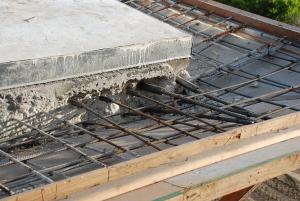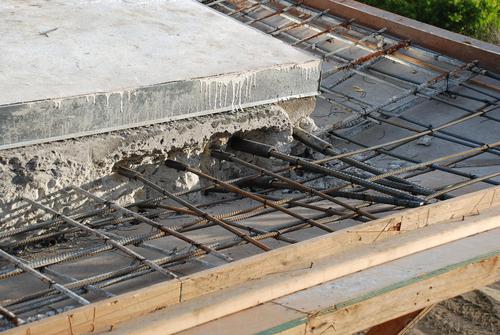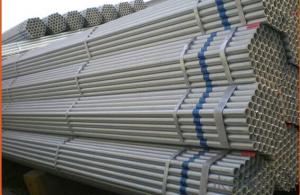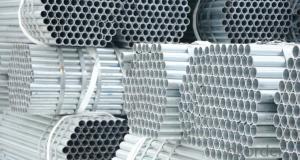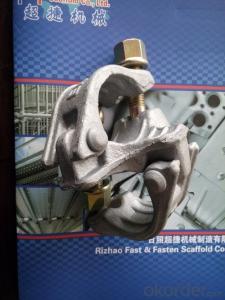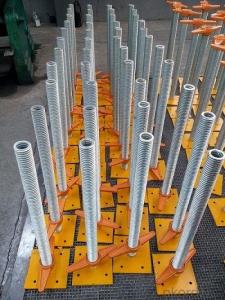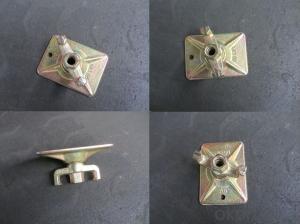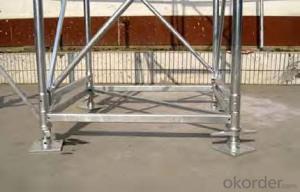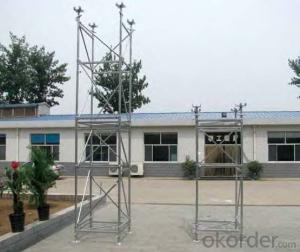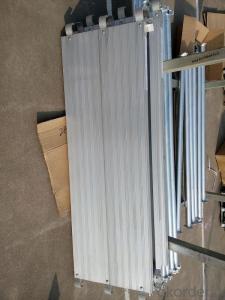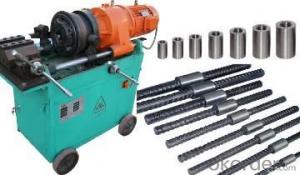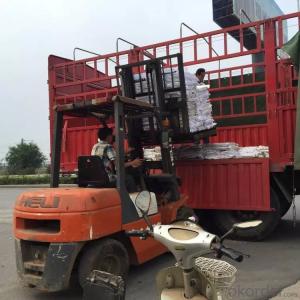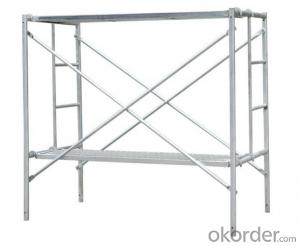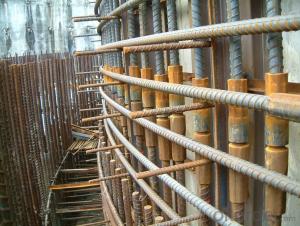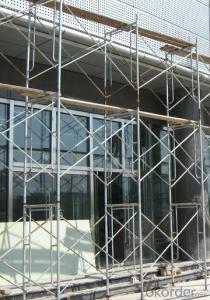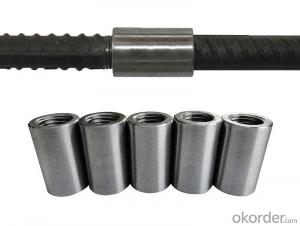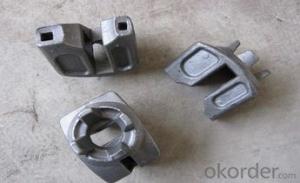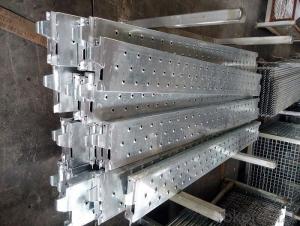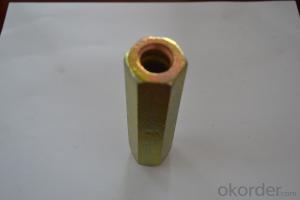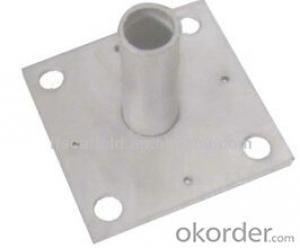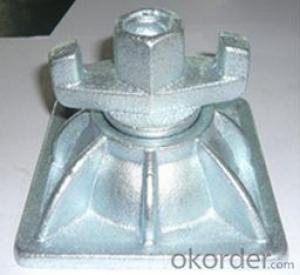Steel Coupler Rebar Scaffolding China Coupler Scaffolding Clamp CNBM
- Loading Port:
- Tianjin
- Payment Terms:
- TT OR LC
- Min Order Qty:
- 8000 pc
- Supply Capability:
- 10000000 pc/month
OKorder Service Pledge
OKorder Financial Service
You Might Also Like
Steel Coupler Rebar Scaffolding China Coupler Scaffolding Clamp CNBM
1.Description of Steel Coupler Rebar Scaffolding China Coupler Scaffolding Clamp CNBM:
Lapped joints are not always an appropriate means of connecting rebar. The use of Steel Rebar Couplers can simplify the design and construction of reinforced concrete and reduce the amount of reinforcement required.
The threaded steel coupler system is designed as a threaded reinforcement connection with 100% load transmission. The steel coupler rebar connection system is suitable for both static and dynamic load transmission in construction joints.
The coupler is designed as a threaded reinforcement connection for formed construction joints. Reinforcement work is normally carried out on both sides of the construction joint using lap joints or one side is anchored. The bar lengths are based on the structural analysis requirements of the building component and are calculated from anchorage and lap lengths.
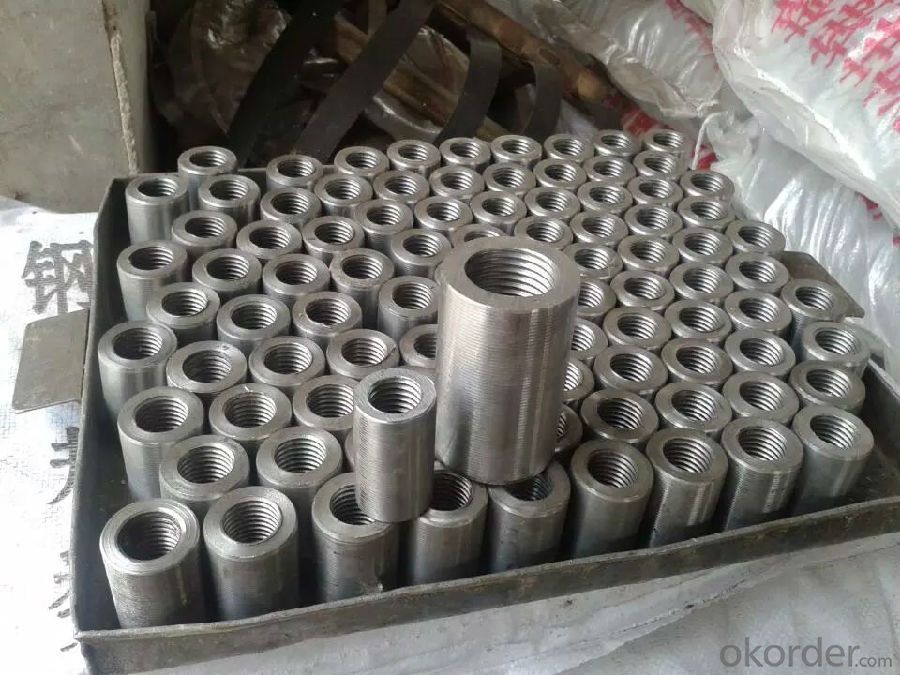

2.Advantages of Steel Coupler Rebar Scaffolding China Coupler Scaffolding Clamp CNBM:
The coupler system provides the opportunity to connect rebars quickly, easily and cost effectively, even when large rebar diameters are used. This makes the steel coupler rebar range a logical extension to our rebendable CNBM reinforcement continuity system for rebars over 12 mm.
3.Available sizes of Steel Coupler Rebar Scaffolding China Coupler Scaffolding Clamp CNBM:
14mm,16mm,18mm,20mm,22mmm,25mm,28mm,32mm,36mm,40mm
4.Delivery:
Delivery Term: FOB / CFR / CIF available.
Delivery Time: 15 days or less after order confirmed.
5.Why choose us?
Technical Expertise
Experienced Management
Stringent Quality Control
Exemplary Service
On-Time Delivery
Wide Product Range
Competitive Pricing
Huge branch network capable of catering worldwide
- Q: What are the chances of cracking the tile? What can I do to avoid cracking the tile?This will be 3 levels of scaffolding on 6 inch wheels.
- unless you are majorly manhandling the scaffolding, such as slamming it around and jerking it into place, etc, you won't crack the tiles (this is being said with the hopes that the flooring was installed correctly.) i would throw a layer or two of bedsheets or a good heavy drop cloth over the tiled floor just to protect the tile from being chipped or scratched. be careful going up so high. good luck!
- Q: I am currently taking early childhood care education as my college major. I am learning about ZPD (Zone of Proximal Development), and scaffolding the the development in early childhood.How would you explain, and define scaffolding
- Maybe this will help: scaffolding is the support provided by adults working with a child to help promote and extend development of knowledge and skills. It can mean asking appropriate questions to help extend a child's thought process, or providing suitable activities to help a child learn through hands-on activities. Look it up in your textbook and read the definition and apply it to my explanation above for a deeper understanding, and don't be afraid to ask your instructor questions like this! That's what s/he is there for!
- Q: Can you identify Scaffold Grade Aluminum tubing by looking at it.?
- The grade or type of Aluminum Alloy materials can not be identified visually because they are almost all the same in appearance. Normally these materials are marked with there Alloy number or designation like, 6061- T6, at certain intervals so that users can distinguish them.
- Q: Can you do the outer scaffolding?
- The safety net is fixed on the side of the outer vertical rod of the scaffold. (2) the 16# wire safety net, strict and smooth. (3) the outer side of the scaffold shall be provided with a 1.2m high protective railing and a 30cm high skirting bar, and the top row protective railing shall be not less than 2, with a height of 0.6m and 1.2m.
- Q: why scaffold need for inspected within the preceding 7 days and after adverse weather condition?
- It is a work safety issue. Past experience has shown that scaffolding sometimes gets modified by unqualified people (or weather) resulting in injury or death.
- Q: What heights do u need a harness for(had to repost as didnt explain correctly in last 1)
- That first answer is correct. When I worked as a construction electrician back in the 1980's the OSHA requirements were not so strict, but now the harnesses and tie-offs are required for any work platform over 6' from the ground.
- Q: He pushes a can over the scaffold at 15 meters and it takes 3.25 seconds for it to land.I keep doing the problem over and over. the Correct answer is 20.5 m/s, however I keep arriving to the solution of 17 m/s. I solved it by doing Vf^2 = Vi^2 + 2adwhere the initial velocity is zero and the acceleration is -g. I made my coordinate system so that down is negative in which the distance will be negative. This however, did not give me the correct answer. Am I right or is the book right?
- The initial velocity is not zero since the scaffold is moving upward when the can gets pushed over. And final velocity, vf, does not represent the speed of the scaffold (if that is what you're trying to solve). y = (vo)(t) - (1/2)gt? 15 m = (vo)(3.25 s) - (1/2)(9.81 m/s?)(3.25 s)? vo = +20.5 m/s
- Q: Okay so I got a scaffold piercing about 5 days ago now. I've been cleaning it with Claire's piercing stuff. What I do is I pour it onto a little bit of loo roll and squeeze it all out on where the holes are. I have not been twisting it at all, but my friend told me that I should soak it in warm salty water and twist it twice a day. I have no idea what to do now as I have researched it and some people say that I shouldn't twist it because it will drag more bacteria into it and could get it infected. Also I have massive scabs around both ends of the bar, I've tried to pick them off as they are pretty uncomfortable, but it didn't work as they are rock solid, so how do I get these off? I have no idea what to do, my piercer didn't say anything about twisting it just cleaning it twice a day. Oh and if it helps I'm 13:) Thanks. X
- Why are you using Claire's crap? You need to be doing sea salt soaks twice a day for 5-10 minutes each soak with 1/4th of a teaspoon of non-iodized sea salt to 8oz of hot water. Don't twist them as that drags in crust and bacteria and tears up the inside of the piercing. Stop trying to pick stuff off from your ear and go have a reputable piercer check out the scabbing, it could be crust it could be something wrong. If your piercer didn't tell you to do sea salt soaks to keep it clean go to a better piercer.
- Q: I really want a scaffold piercing and I can pay for it, I get good grades, I do all the chores I have to do, I spoke to them calmly and everything. Yet they still won't let me. My dad said that I will be grounded forever and everything but last time I got grounded, I went to a party the next day so what should I do?
- dont do it. when your parents say grounded, you may be let off easy but if is about your body then if you get it your in deep ****. also your parents could see this question and then you would be in even more trouble. please dont get it. also things like that are really hard to hide from parents. if your 18 years or older llegally they cant stop you from doing it. i dont think you should do it.
- Q: Fastener type steel pipe scaffold composed of which components?
- 3.3 foot plate3.3.1 foot plate can be made of steel, wood, bamboo materials, the quality of a single foot board should not be greater than 30kg.3.3.2 stamping steel feet of the material should be consistent with the existing national standard carbon structural steel GB/T700 Q235Class steel provisions.3.3.3 wooden foot plate material should be consistent with the current national standard "wood structure design code" GB50005 IIaMaterial requirements. Foot plate thickness should not be less than 50mm, both ends should be set to the diameter of not less than 4mm platingZinc wire hoop two.3.3.4 bamboo scaffold board shall be adopted by bamboo or bamboo bamboo string plate, bamboo; bamboo string amphipodsshouban shouldIn accordance with the existing industry standards "construction of wood Scaffolding Safety Technical Specifications" JGJ 164 of the relevant provisions.3.4 adjustable support3.4.1 adjustable support screw outer diameter shall not be less than 36mm, diameter and pitch should be in line with the current national standard "ladder"Type screw thread GB/T 5796.2, GB/T 5796.3 provisions.
Send your message to us
Steel Coupler Rebar Scaffolding China Coupler Scaffolding Clamp CNBM
- Loading Port:
- Tianjin
- Payment Terms:
- TT OR LC
- Min Order Qty:
- 8000 pc
- Supply Capability:
- 10000000 pc/month
OKorder Service Pledge
OKorder Financial Service
Similar products
Hot products
Hot Searches
Related keywords
